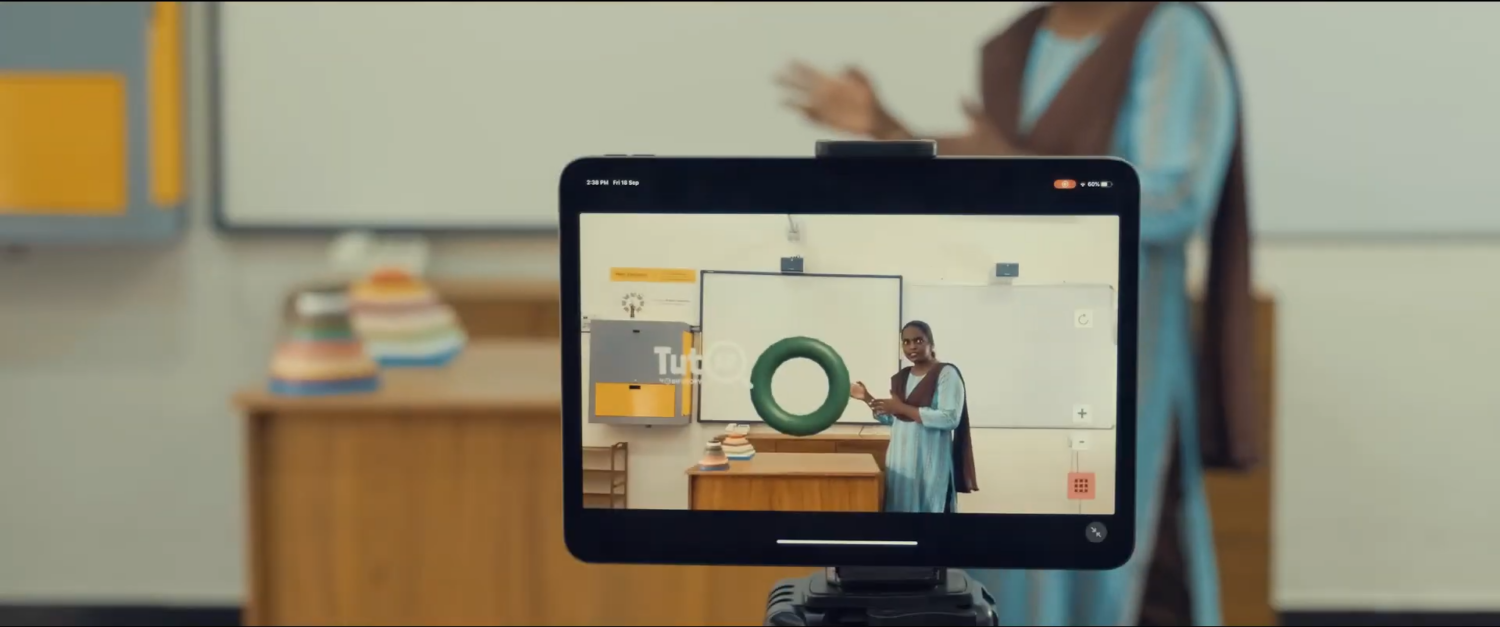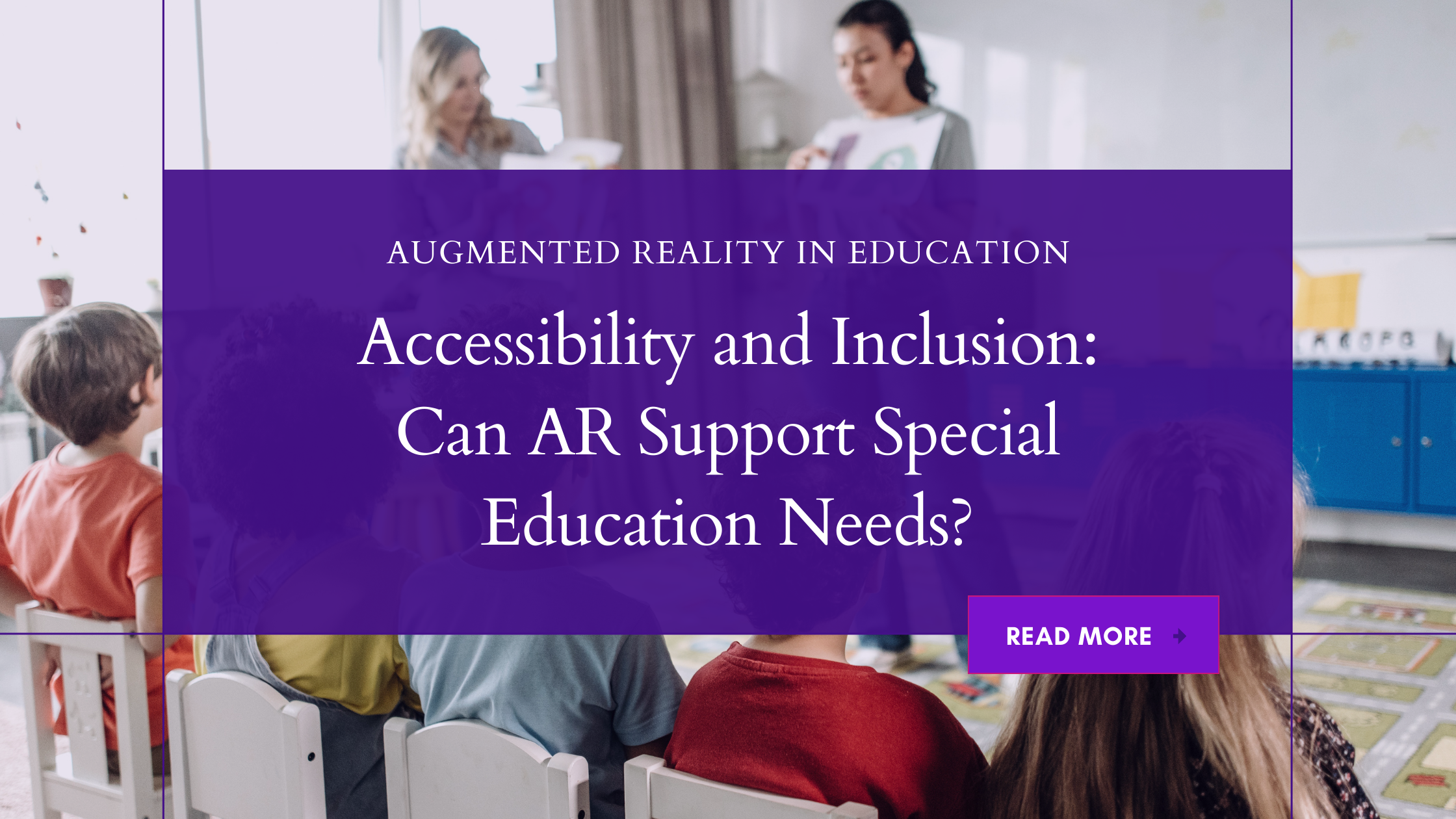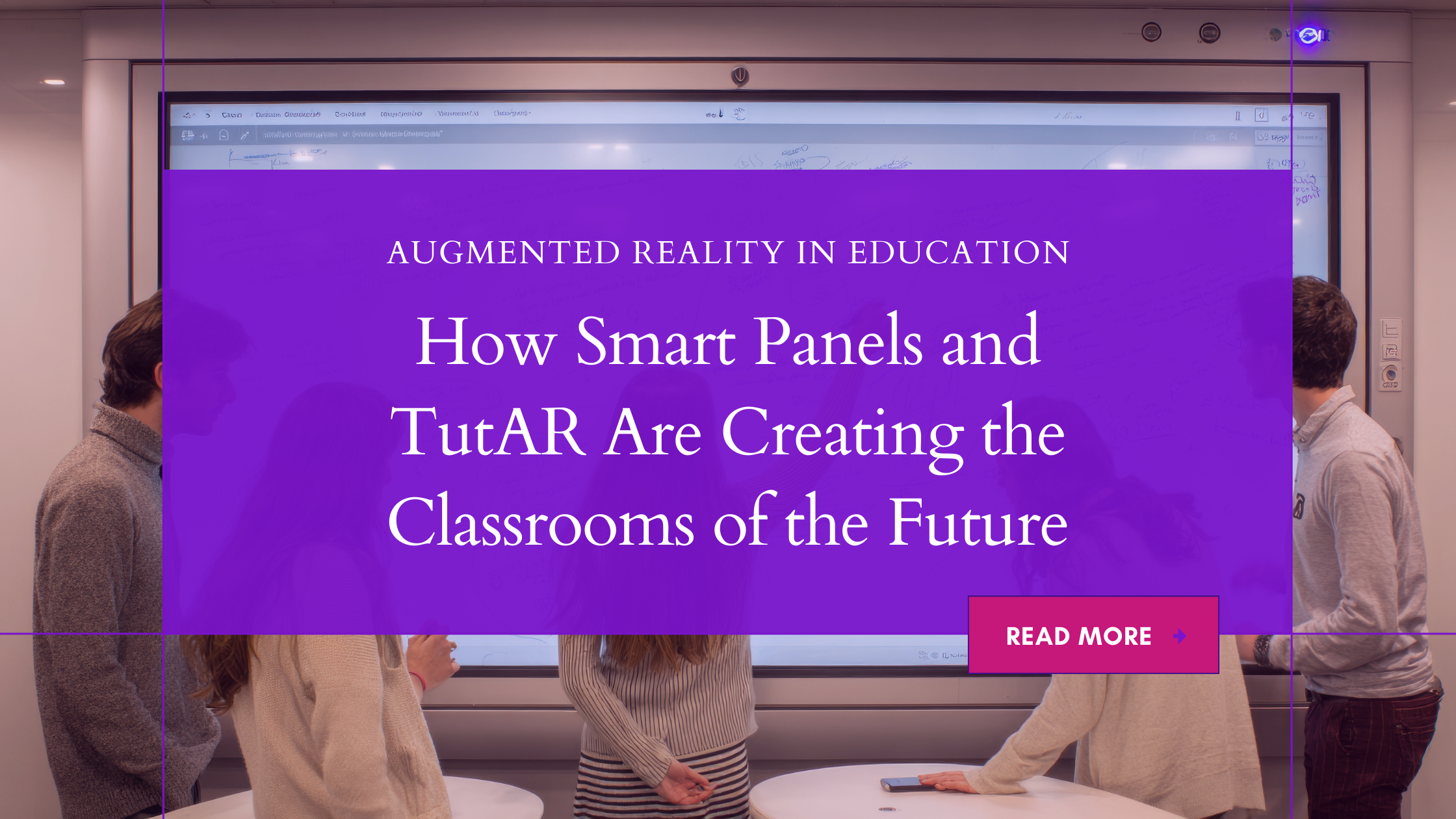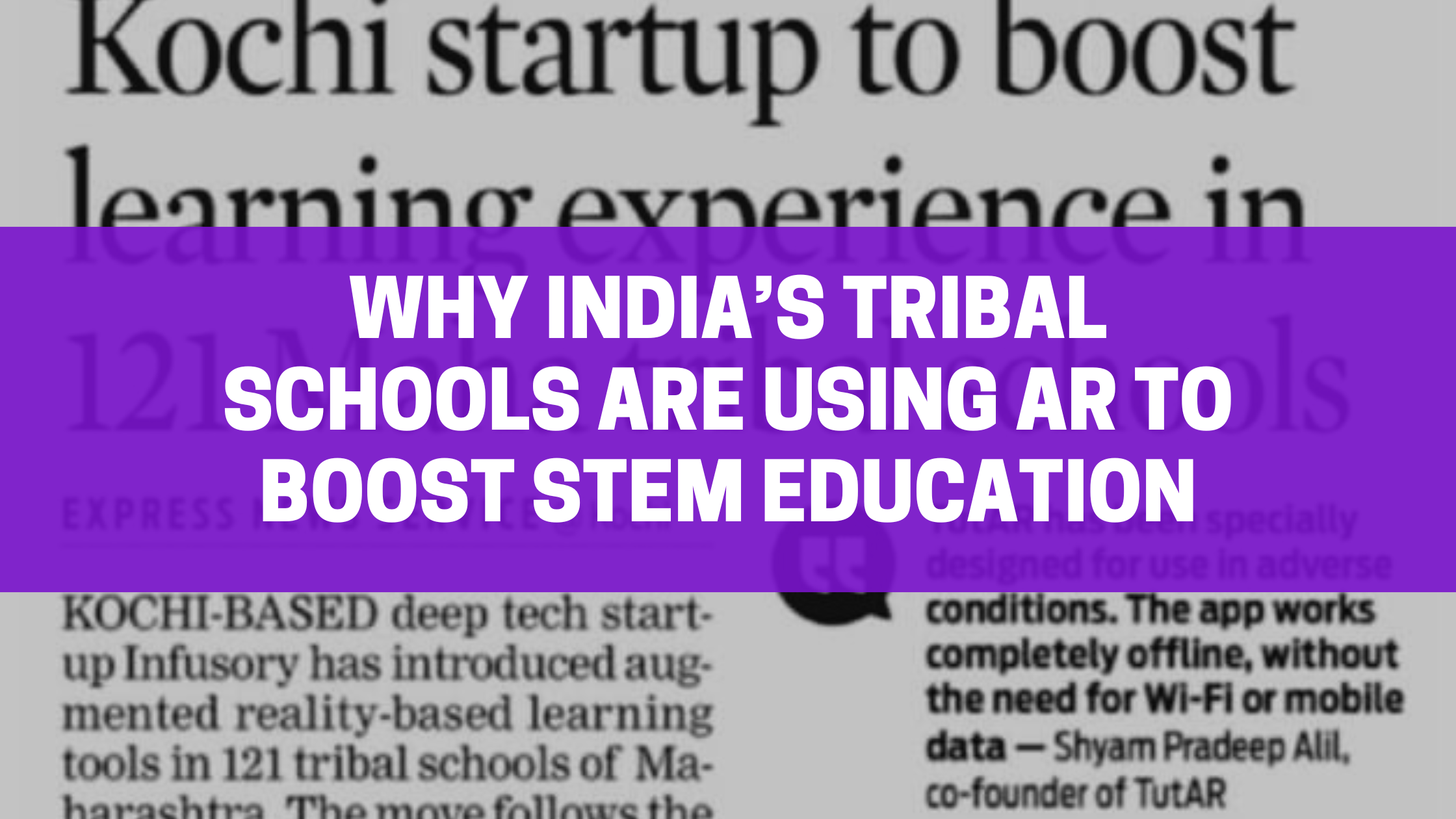Education is meant to be for everyone, but for students with special education needs (SEN), traditional classrooms often create barriers. From abstract teaching methods to inaccessible materials, these students are at risk of falling behind.
This is where technology, especially Augmented Reality (AR), is beginning to make a difference.
The Challenge of Inclusion in Classrooms
Students with learning difficulties, ADHD, autism, or hearing impairments often struggle with conventional teaching methods.
- Text-heavy lessons can feel overwhelming.
- Diagrams on a blackboard don’t always translate into understanding.
- Teachers may lack resources tailored to diverse learning needs.
The result? A gap between what is taught and what is truly understood.
How AR Can Help
Augmented Reality places interactive 3D objects into the classroom environment. For students with SEN, this can be transformative:
- Visual-first learning: Complex concepts become tangible when students can see and rotate models.
- Multi-sensory engagement: AR combines visuals, audio, and interaction, catering to different learning styles.
- Self-paced exploration: Students can revisit models as often as needed, supporting retention without pressure.
- Safe experimentation: Virtual labs allow exploration without the risks of real-world setups.
Examples in Action
- A student with dyslexia may find reading difficult, but a 3D AR model of the solar system helps them grasp planetary motion without long text.
- For children with ADHD, interactive AR lessons hold attention longer than static board teaching.
- A biology lesson on the human heart becomes accessible to hearing-impaired students when paired with sign language and a rotating 3D model.
The TutAR Approach
TutAR is built to simplify teaching for all learners, including those with special needs:
- 5000+ 3D models aligned with school syllabi
- Works offline, ensuring accessibility even in low-connectivity areas
- Compatible with smart panels, tablets, and smartphones already used in schools
- Easy for teachers to launch in seconds, no special training required
By removing technical and infrastructure hurdles, TutAR gives teachers more space to focus on their students.
Voices from the Classroom: Sapience Edu Connect
One of the strongest validations of AR in inclusive education comes from Sapience Edu Connect, an institution that has been using TutAR for over six months.
They primarily provide one-on-one tuition, both online and offline, and among their students are children with special learning needs such as ADHD.
In their words:
“For over six months, we have been using Infusory’s TutAR platform to teach our students. We primarily provide one-on-one tuition, both online and offline. Among our students are children with special learning needs, such as ADHD. For them, we have made classes more visual and engaging using TutAR. Each 3D model in TutAR helps students grasp concepts more quickly, enabling them to learn faster. TutAR has truly proven to be a valuable tool for teaching students today.”
Their experience highlights how AR isn’t just another digital tool, it’s a bridge to make learning more accessible and meaningful for students with diverse needs.
Final Thoughts
Accessibility is not only about ramps and elevators, it’s about ensuring every student can engage with lessons equally. AR has the power to level the learning field, especially for students with special education needs.
By blending interactive visuals with teacher-led instruction, solutions like TutAR are helping classrooms become more inclusive, engaging, and fair for every learner.





